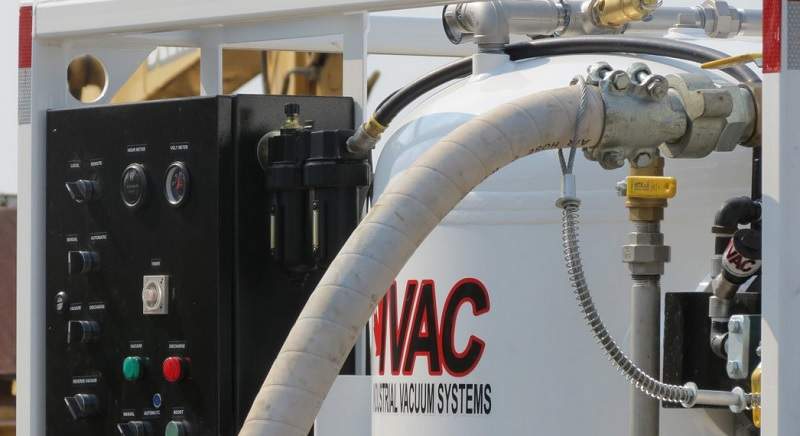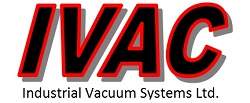
The IVAC Team was presented with a unique opportunity to directly compare our PV500 industrial vacuum system with three different types of vacuum trucks. The challenge was put to us by another company specializing and helping in the clean up phase after the devastating earthquake that hit New Zealand in February of 2011. We welcomed the ‘showdown’ and were happy with our industrial vacuum systems’ performance. It was a great experience to test ourselves and equipment with some new friends.
Christchurch Earthquake – Soil Liquefaction
In 2011 IVAC was on location in Christchurch to assist with cleanup efforts following the earthquake that struck the Canterbury Region on New Zealand’s South Island. Liquefaction had caused significant damage to civil infrastructure and residential buildings. Our crews were assisting with the liquefaction removal from underneath homes. The material was a sandy soil type that had filled and damaged substructures. Access to areas was limited because of road damage and unstable ground.
The Challenge
IVAC’s PV500 industrial vacuum system and 3 different types of vacuum trucks were going to perform sand pumping applications to determine production rates and other comparative measures. The 3 types of vac trucks tested were: rotary vane, liquid ring and lobe type pump systems.
The Results
While each system has its’ own particular merits the vac trucks limitations in capacity played a big role in the outcome. IVAC systems are able to pump the material to multiple disposal containers contributing to their effectiveness in the field and overcoming the limited tank capacity of vac trucks. Any container can be employed for keeping the picked up materials discharged by the PV unit, from dumpsters to empty cement trucks.
The vac trucks did perform well when the intake distances were short, but nearing the 100ft mark all three types struggled. The only truck that came close to operating at long distance and production rate was the ‘Super Sucker’. Unfortunately, we were unable to test it for a full day shift. The other two vacuum truck systems overheated within a couple of hours. An average rental fee for a vacuum truck system and crew is about $300 per hour.
The IVAC PV500 was able to pump the material with a horizontal draw of over 300ft away from the pick-up location. Our industrial vacuum systems discharge their tanks into any available container giving them the ability to run 24hr shifts. The ‘No Maintenance’ design allows are units to run 24/7 while performing heavy suction applications without the problems of system failures or overheating. Vacuum trucks due to how they are manufactured require quite a bit of maintenance for their engines, compressors, filtration systems, blowers, etc. All these components and moving parts increase costs associated with unit operations. The average rental fee for an IVAC industrial vacuum and crew is closer to $50 per hour.

